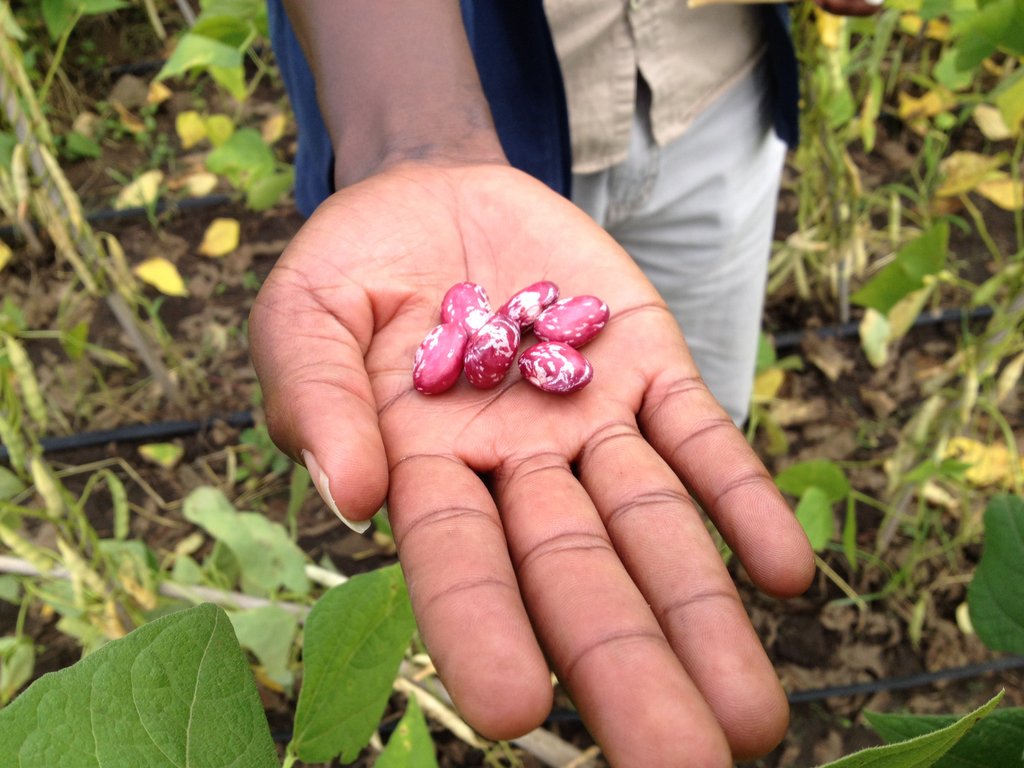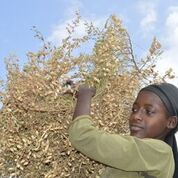- Details
This edition of Futures delves into MSU's commitment to legume and pulse research around the world. Read featured stories from the Legume Innovation Lab, highlights on pulse crops, as well as a feature on the Pan-African Grain Legume and World Cowpea Conference in Livingstone, Zambia.
- Details
 This post originally appeared on iagri.org.
This post originally appeared on iagri.org.
Papias Binagwa is a Cohort III student funded by iAGRI who completed an M.Sc. degree in Plant and Soil Sciences at Tuskegee University. Papias wrote his M.Sc. thesis on Evaluation of Common Beans (Phaseolus Vulgaris) Germplasm for Resistance to Pythium Root Rot Disease and has continued to specialize in both bean breeding and pathology. Today, he serves as National Lead Scientist for the Phaseolus Bean Research Program under the Ministry of Agriculture, Livestock and Fisheries. In the following, he describes his experiences working with the common bean and his plans to contribute to Tanzania’s bean sector.
- Details
This article originally appeared on icrisat.org.

The National Variety Release Committee (NVRC) announced the release of three new improved chickpea varieties with better yield, disease resistance (wilt, root rot and ascochyta blight) and early maturity for production inhigh altitude areas (1800-2800 m) of Ethiopia.
This was the outcome of a research collaboration between International Center for Agricultural Research in the Dry Areas (ICARDA), Ethiopian Institute of Agricultural Research (EIAR) and ICRISAT. The breeding lines for these varieties were provided by ICRISAT and ICARDA. Chickpea crop improvement research collaboration among the three institutes has led to the release and promotion of more than 20 varieties in Ethiopia so far.
- Details
This article originally appeared on cgiar.org.
Eating specially-bred, high-iron beans twice-a-day for just four-and-a-half months reduced iron deficiency and anaemia in young women in Rwanda, according to a new study.
Iron deficiency is the world’s leading nutritional ailment, particularly in developing countries. It can impair cognitive and physical development in children, while anemia, often caused by iron deficiency, increases risks to women during childbirth. Despite efforts to curb iron deficiency through supplements and fortified foods, it continues to affect an estimated 2 billion people worldwide.
